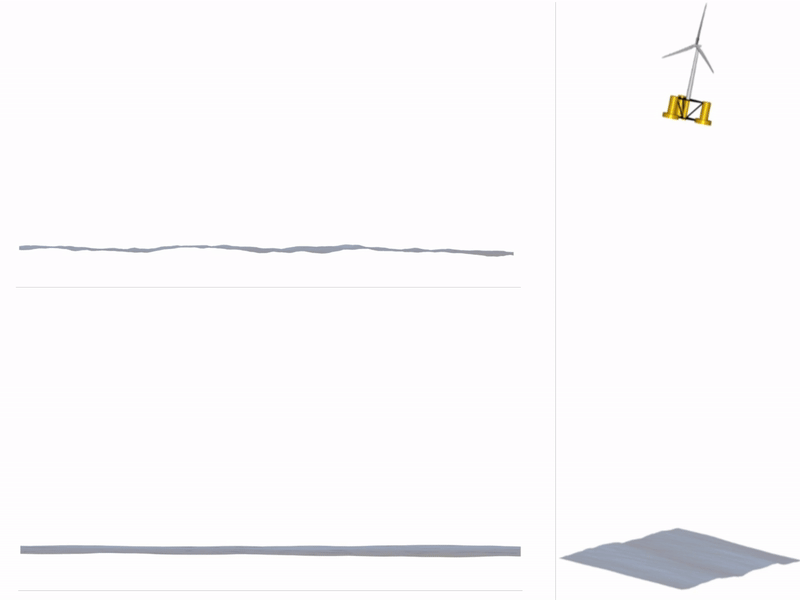Forum
Important Notice for New User Registrations
To combat an increasing number of spam and bot registrations, we now manually approve all new user registrations. While this may cause a delay until your account is approved, this step is essential to ensure the quality and security of this forum.
To help us verify your registration as legitimate, please use a clear name as user name or an official email address (such as a work, university, or similar address). If you’re concerned that we may not recognize your registration as non-spam, feel free to email us at with a request to approve your username.
Blade station airfoil optimization
Quote from Oran on 18. January 2025, 22:48I have been mulling on how to optimize the foil design at each station. It seems like being able to see what the Cp per section is would be very helpful (vs. just for the whole rotor)? In the blade optimization section of the program, you can optimize for chord and angle of attack. That doesn’t necessarily mean that you are running the right foil in the first place. It may be optimized for that foil, but there may be a much better one out there. In the rotor BEM section of the software you can examine axial induction vs. radius or L/D vs. radius, but not Cp. Any tips from the QBlade community on what the best way to understand/optimize the specific performance of each section foil would be greatly appreciated.
Thanks!
Oran
I have been mulling on how to optimize the foil design at each station. It seems like being able to see what the Cp per section is would be very helpful (vs. just for the whole rotor)? In the blade optimization section of the program, you can optimize for chord and angle of attack. That doesn’t necessarily mean that you are running the right foil in the first place. It may be optimized for that foil, but there may be a much better one out there. In the rotor BEM section of the software you can examine axial induction vs. radius or L/D vs. radius, but not Cp. Any tips from the QBlade community on what the best way to understand/optimize the specific performance of each section foil would be greatly appreciated.
Thanks!
Oran
Quote from David on 21. January 2025, 00:16Hi Oran,
you could obtain the local Cp value from the other variables that are plotted, such as:
CP_local = 4a(1−a) * tsr_local * sin^2(ϕ),
where ϕ is the inflow angle, a the axial indiction factor and tsr_local the local tip speed ratio.
In practice, having an axial induction factor of 1/3 along the span of the blade is optimal. When a is around 1/3, the product 4a(1−a) reaches its maximum – the maximum achievable power extraction for a given streamtube of wind.
However, note that in wind turbine design its not just about maximising power, but about finding a good balance between power and loads (rotor thrust), and the suitability, rigidity, manufacturability and roughness sensitivity of the airfoil sections chosen for a blade design.
BR,
David
Hi Oran,
you could obtain the local Cp value from the other variables that are plotted, such as:
CP_local = 4a(1−a) * tsr_local * sin^2(ϕ),
where ϕ is the inflow angle, a the axial indiction factor and tsr_local the local tip speed ratio.
In practice, having an axial induction factor of 1/3 along the span of the blade is optimal. When a is around 1/3, the product 4a(1−a) reaches its maximum – the maximum achievable power extraction for a given streamtube of wind.
However, note that in wind turbine design its not just about maximising power, but about finding a good balance between power and loads (rotor thrust), and the suitability, rigidity, manufacturability and roughness sensitivity of the airfoil sections chosen for a blade design.
BR,
David


